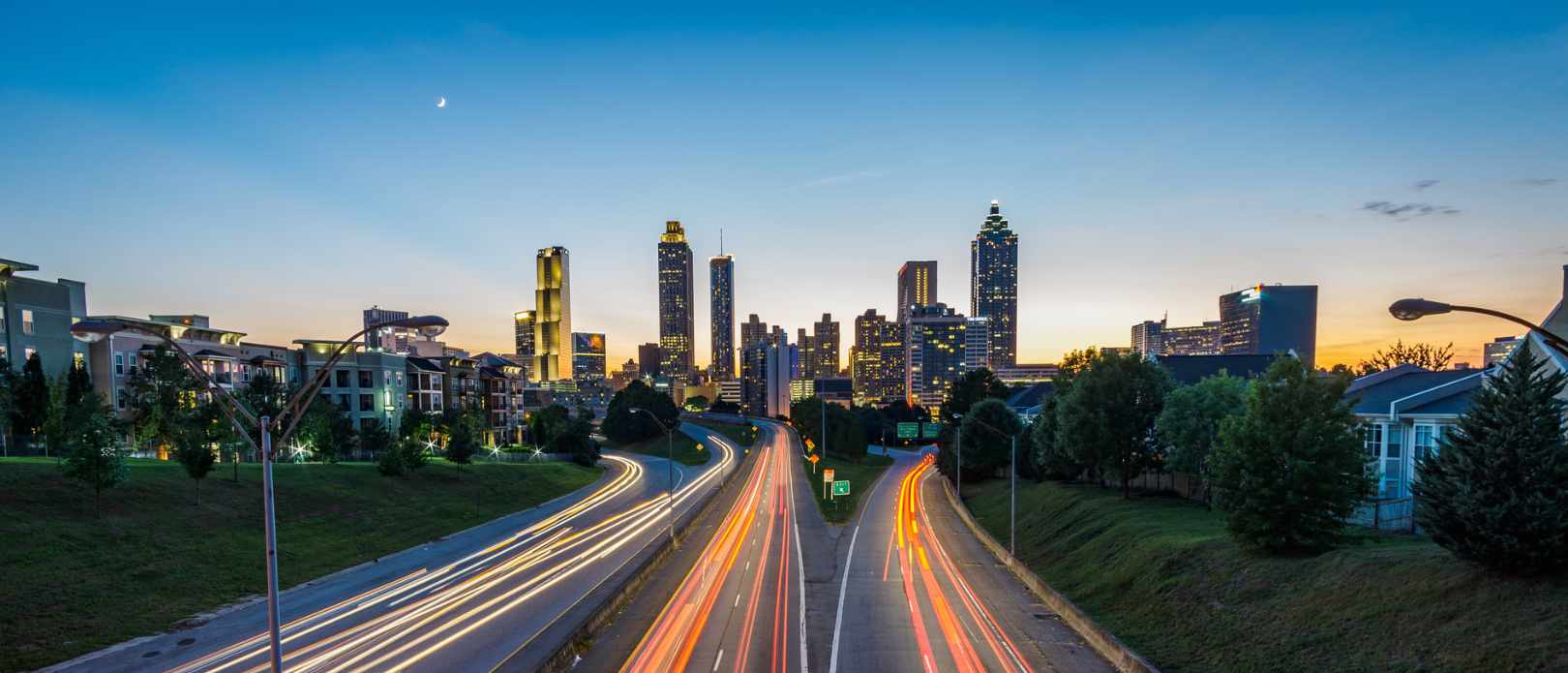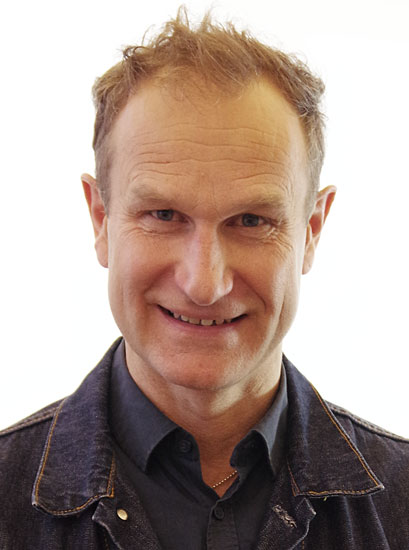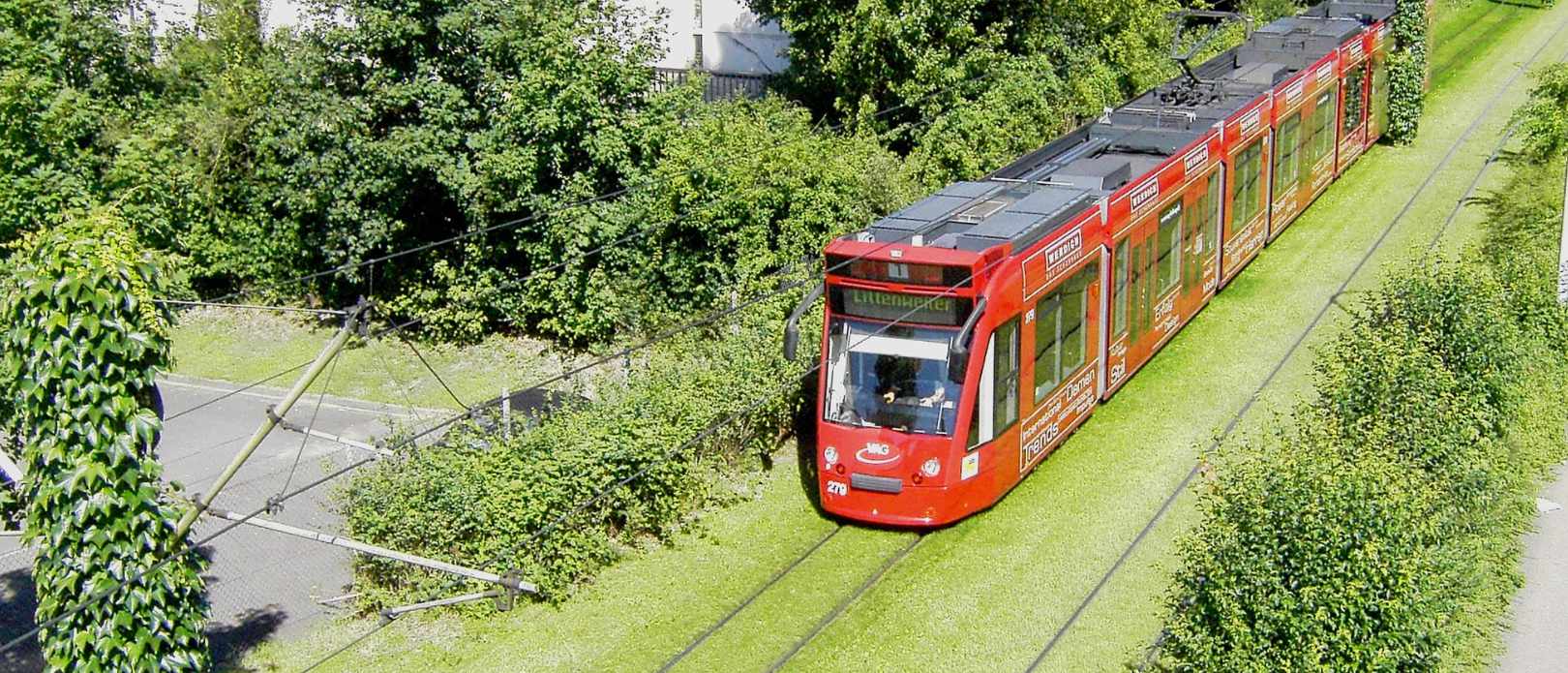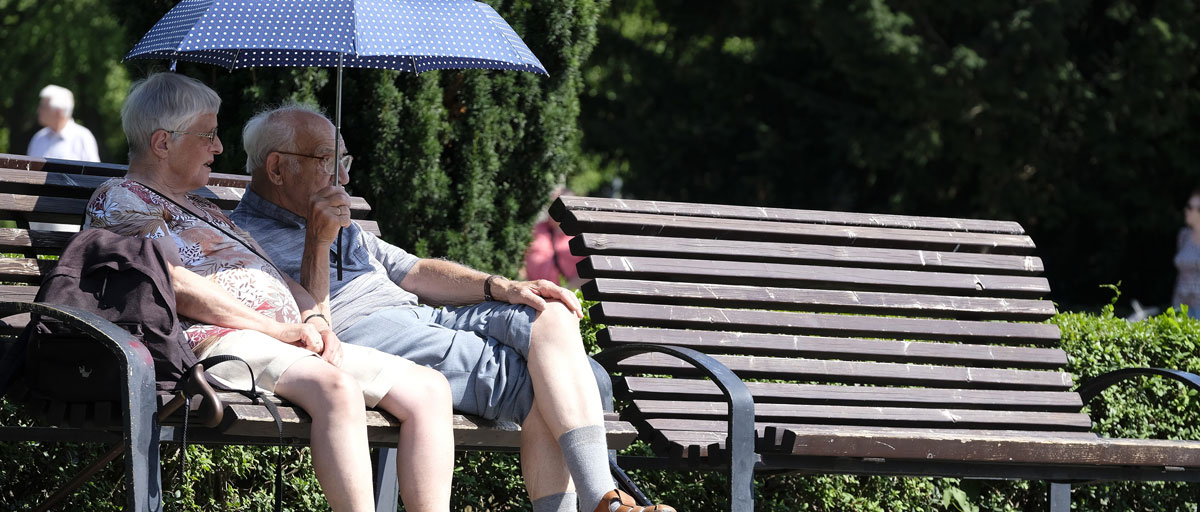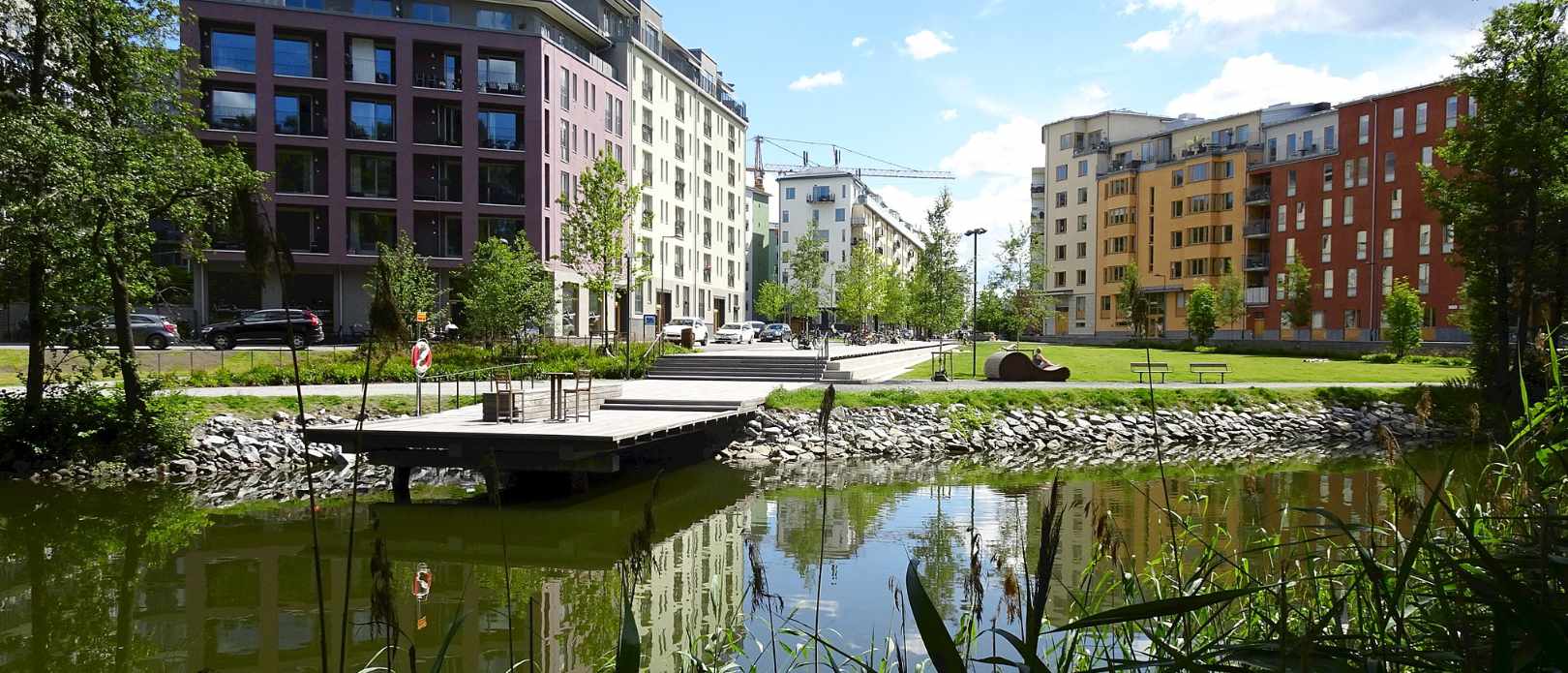WORLD HABITAT DAY
How cities play a crucial role in the transition to a carbon-free world
In connection with World Habitat Day, centre experts explain why cities are at the centre of planetary efforts to reduce our carbon footprint
- The theme for this year’s World Habitat Day is Accelerating urban action for a carbon-free world
- A key to change is ensuring that investments that can transform cities towards carbon neutrality do not reinforce the status quo
- Nature-based solutions are a critical way to improve climate adaptation, support climate mitigation, and create space for biodiversity in cities at the same time
Cities are melting pots for a variety of reasons, including climate change. They are responsible for some 70% of global carbon dioxide emissions, with transport, buildings, energy, and waste management accounting for the bulk of urban emissions.
They are also where a great deal of humans spend their lives. By 2050, two out of every three people are likely to be living in cities or other urban centres.
Each year on October 4 the UN celebrates World Habitat Day to reflect on the state of our habitats, and on the basic right of all to adequate shelter. The theme this year is Accelerating urban action for a carbon-free world.
So what needs to be done? And how can national, regional and local governments, organizations, communities, academic institutions, the private sector and all relevant stakeholders work together to create sustainable, carbon-neutral, inclusive cities and towns?
We talk to centre urban experts Stephan Barthel and Timon McPhearson.
Why are cities so important in the global effort to become carbon-neutral?
McPhearson: Since they are responsible for 70% of carbon emissions, it is essential that we make cities the centre of a planetary effort to reduce our carbon footprint. We can do this in multiple ways, from shifting energy sources to renewables, reducing building cooling and heating needs through better design, and improving opportunities for and safety of carbon zero transit by moving cars out of cities and making more room for bicycles and other public transit options.
What role can nature play in accelerating the transition?
Barthel: From a spatial perspective, having large bits of nature in cities can actually block carbon transformation. Compact urban areas are much more energy efficient than less dense areas where large nature areas (forests, parks, lakes) are found within city limits. This is in terms of the energy use of buildings, but also since greater distances means increased reliance on fossil fuel-powered cars.
In addition to this, cities make up only 3-4% of the Earth’s surface. This is not a lot compared to say, the Amazon, where we have real carbon capturing capacity.
Nature is needed in cities because it enhances human health and wellbeing in so many ways. And if we plan cities that are desirable to live in, instead of flying to the Canary Islands in summer people might stay and enjoy their city.
Stephan Barthel
McPhearson: In terms of climate adaptation we already have the vast majority of the technological solutions we need, but we must also invest in the ecological “nature-based” solutions. People walk and bike more in green spaces. And of course, green roofs and other ways of greening our new (and old) infrastructure can reduce energy needs and contribute to reduced carbon emissions.
Who do we need to involve in the transformation to carbon-free cities?
Barthel: We must involve all sectors of society - those involved in nature management and stewardship, youth movements. We need to mobilise the unions, minorities, and the business sector.
During the modernization of Sweden, for instance, a variety of interests joined forces and agreed upon a plan - the Saltsjöbaden Agreement. This is exactly what is needed now. At that time it was about engaging in the industrial revolution, breaking down the class society and addressing poverty. This time, we need to take care of the welfare state while ensuring transformation towards a fossil-free future.
Of course, we also need to include architects, city designers, urban scholars, architects, and so on - the practitioners that are part of shaping urban forms and infrastructures.
How can we ensure action is also inclusive, and does not exclude the poorest and most vulnerable?
McPhearson: A key is ensuring that investments that can transform cities towards carbon neutrality do not reinforce the status quo of legacies of racism, displacement, disinvestment and lack of inclusion in decision-making that plague most of our cities.
Improving livelihoods in cities is not just about decreasing our carbon footprint and shifting consumption patterns, it’s also about reducing and redressing the disproportionate impacts that climate change and extreme weather events have on the poorest and most vulnerable.
Timon McPhearson
Where do we begin?
McPhearson: The neighborhoods that have the most need for improved housing quality, that have the least green space, that have legacies of environmental pollution or disinvestment, are where we need to start.
But we must also recognize that climate driven extreme events are already wreaking havoc on the urban poor and socially vulnerable. From a political and financial point of view, investment in urban adaptation and resilience needs to be equal to mitigation and focus on those most in need.
How is Stockholm Resilience Centre supporting urban action for a carbon-free world?
Barthel: Our planetary boundaries work has been really influential, but it has not engaged with the large-scale transformations that need to take place in order to stay within this safe operating space for humanity.
We know we must stay within the remaining carbon budget as set out by the Paris Agreement. But this budget must be shared between many different parts of society. So when we start thinking about how countries, cities and communities can become carbon-free, a fairness perspective is essential.
With this in mind we have just launched FAIRTRANS - a large Mistra and Formas-funded research programme exploring how we can achieve a just and equitable transition to a fossil-free future in Sweden. I’m really excited about this work and I think it will be an important direction for the centre going into the future.
What should research focus on going forward?
McPhearson: We need to advance research that can help us understand which solutions can improve social, ecological, and technological-infrastructure resilience together. We need solutions that can work across sectors, and are scalable.
Nature-based solutions are a critical way we can improve climate adaptation, support climate mitigation, and create space for biodiversity in cities at the same time. They also have social, ecological, and technological infrastructure benefits, but they can’t solve our problems alone.
We have to find new ways to improve the governance, justice, community resilience, ecological restoration, and building design and retrofit needs together to create more systemic solutions that can shift our cities onto the pathways that can deliver a ‘good’ Anthropocene.
Barthel: For me the way forward is to create a fair and inclusive process in shaping environmental laws, norms, regulations, and infrastructure to give legitimacy among broad social movements in society.
